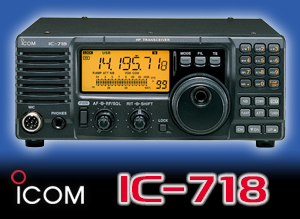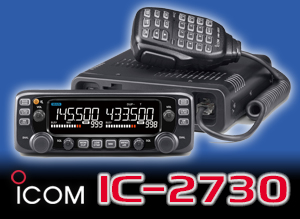Propagation News – 8 September 2024
Last week was underlined by continued high solar flux indices and excellent 10m band propagation to CY9C on Saint Paul Island near Newfoundland.
The DXpedition, which has now ended, was often at S9+ on 28MHz up to two hours after sunset. This may be a sign that better autumnal HF conditions are just around the corner and bodes well for the rest of the year.
The average sunspot number has now exceeded 200 for the first time in 23 years. This puts it significantly better than Solar Cycle 24 and it looks like there is more to come.
Propquest.co.uk reports that maximum usable frequencies over a 3,000km path are now often above 28MHz, so look out for DX on the 10m band. This will improve as the month goes on. September is a good month for north-south paths and paths to North America will improve as we head into October.
So, get your higher HF band antennas sorted out, as this autumn could be fun!
During the week just past, there were 21 M-class flares, but no X-class events. The Kp index has been under 5 all week, which no doubt helped HF propagation flourish.
Large coronal mass ejections, or CMEs, did occur on the 1 and 3 September, but these appear to be related to far-side events, well beyond the northwest limb, and were directed away from Earth. But that active region is now rotating into view so buckle up for potential Earth-directed CME activity.
Next week, the Space Weather Prediction Centre suggests that the solar flux index will remain in the 240 to 250 range. Unsettled geomagnetic conditions are forecast for today, the 8 September but, as we always say, keep an eye on solarham.com for up-to-date solar information as things are likely to change each day.
VHF and up
The slightly enhanced Tropo conditions were welcome for the 144MHz UK Activity Contest on the 3 September. However, in the coming week, the opposite is now the case for many parts of the country as low pressure is set to dominate the weather charts.
There may be some weak ridges of high pressure nearby or even over northern Britain this weekend, but it is not looking great.
If pressed for a direction, it looks better across the North Sea to northern Europe and southern Scandinavia in the first part of the week.
Much of next week will have low pressure in control, and it will be worth looking for rain scatter on the GHz bands.
The solar side of things means that we should be alert to the chance of aurora if the Kp index rises. The autumn is often a good time of the year for these. It will be useful to monitor the Kp index, especially if you hear any signals sounding ‘watery’ on the HF and LF bands.
It’s always worth a reminder that the Sporadic-E season does not drop off a cliff at this time of year. That said, it does become very infrequent and restricted to lower bands or digital modes under the influence of jet streams. The southward paths to Iberia and the western Mediterranean look most promising next week for an out-of-season chance Sporadic-E event.
There is one small meteor shower this week. The September Epsilon-Perseids peaks with a low zenithal hourly rate of five tomorrow, the 9 September. This shower produced unexpected outbursts in 2008 and 2013, but modelling indicates that 2024 activity should be nothing unusual.
For EME operators, Moon declination is now negative and falling further, reaching minus 29 degrees next Wednesday. Moon visibility windows continue to fall, as will peak Moon elevation, while path losses are decreasing after apogee. 144MHz sky noise increases from moderate today, the 8 September, reaching over 2,500 Kelvin next Wednesday.
Category: GB2RS Propagation News










